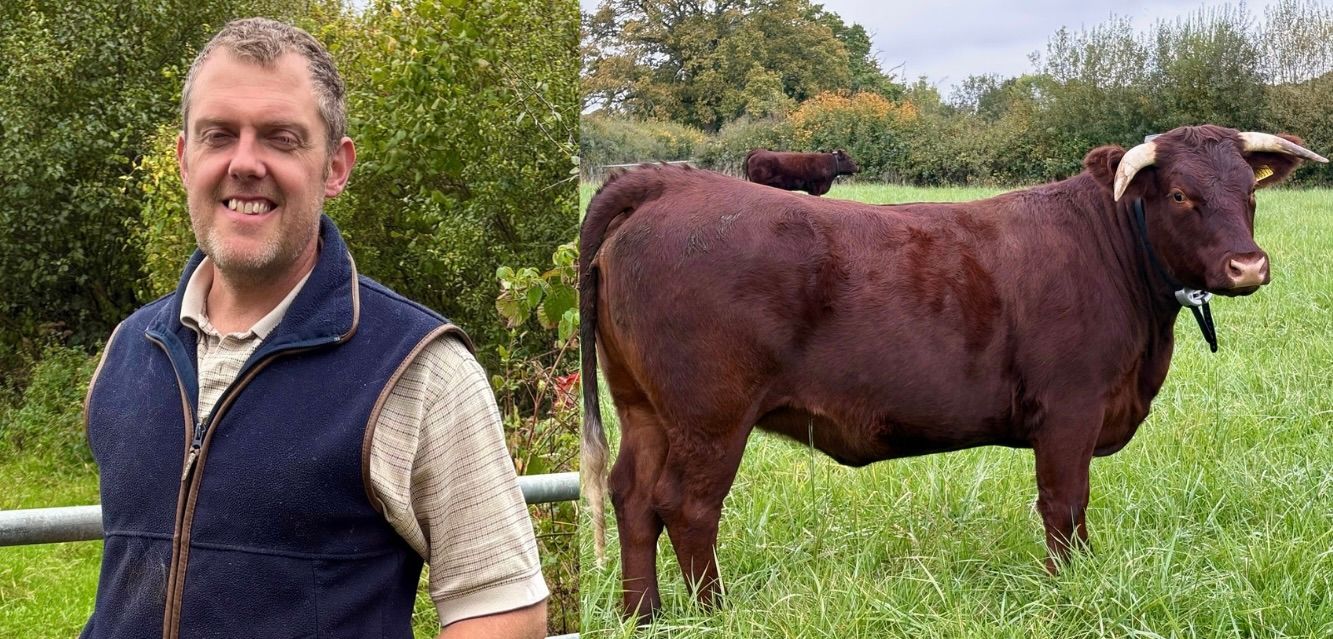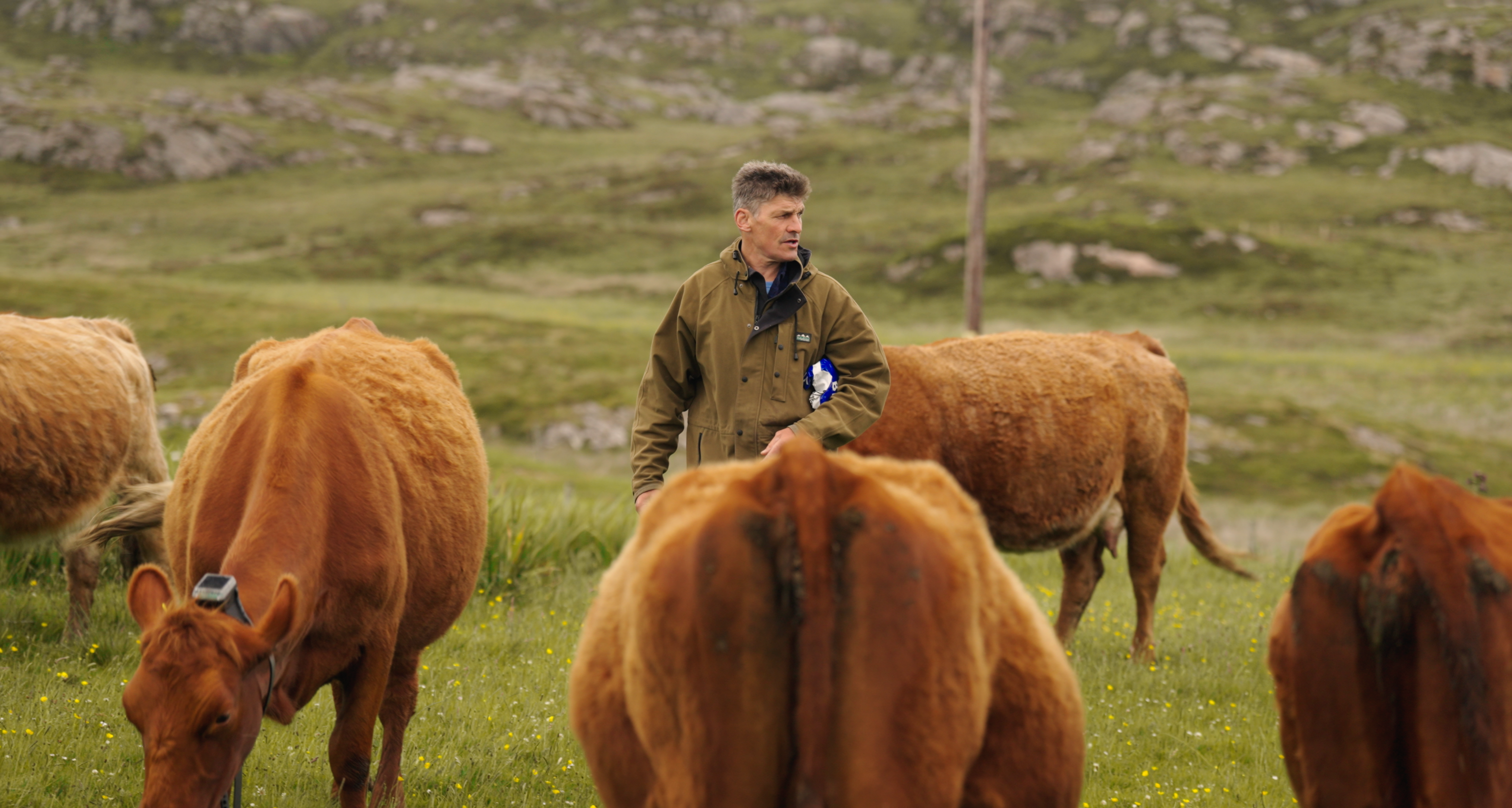The Three Biggest Advantages of Digital Fencing


Every year, millions of animals are put out to pasture during the summer. That's a lot of animals going on summer vacation all at once. Pasture grazing frees up an incredible amount of resources and time for farmers. What if farmers could also take a little summer vacation?
In order for that to happen, a farmer would need to be able to monitor and control their animals better and efficiently. The limitations of traditional fences mean that animals can end up in all sorts of areas where they’re not supposed to be and probably are not very welcome. Getting help to care for the animals while away is time consuming and not always a successful endeavor.
However, with features like remote control, integration with smart technology, and customized access control, digital fences represent a new era in technology. Digital fences have a strong ability to adapt to modern challenges where conventional fences fall short. We believe that digital fences, also known as virtual or smart fences, excel at three main areas: they are better for the farmer, for the animals, and for the environment.
Easing the Daily Work for the Farmer
Traditional fences serve practical purposes, like preventing the escape of animals and securing crops. They have been used for thousands of years (https://texasfence.com/the-fascinating-history-of-fences-over-time/) to keep animals inside or outside a specific area. However, even today, traditional fences have their limitations. They require maintenance, and therefore time and money – resources that most livestock owners rarely have a surplus of. Better utilization of pasture and streamlining are crucial for achieving better farm management.
Letting livestock graze is the most cost-effective source of nutrition, and the more time and area a livestock has at its disposal, the more money the farmer saves. Grazing animals utilize feed resources that farmers would otherwise have to spend top dollar on or spend time on to make themselves.
Oftentimes difficult terrain can also get in the way of being able to set up reliable fencing. By being able to set up a digital fence, the farmer can utilize a larger area and realize the potential already surrounding the grazing pasture. Farmers who use digital fences can draw up a digital fence where it was previously not possible to allow animals to graze.
This flexibility and adaptability of a virtual fence opens up opportunities and significantly reduces the farmer's time commitments. Fences can easily be adjusted as needed, and concepts like strip grazing or rotational grazing are suddenly a reality. Remote control allows for adjustments of the fence and animal monitoring to be done via mobile phone. This gives the farmer the ability to monitor and manage their system from wherever they are, eliminating the need to go to the pasture just to move the animals to another area.
Digital Fences are Better for the Animals
Traditional fences are intended to prevent animals from escaping. But they all have weaknesses, regardless of type. Electric fences have been the most effective so far when it comes to large livestock, but often the electric charge on a fence is set higher than necessary, and the animal receives shock levels and durations that are not necessary.
Virtual fences take electric fences into the 21st century. Like any new technology, a short training period is needed. This training period is tailored to the animals' learning ability. The animals are given time to get used to the lightweight collar. Then the herd is placed in a pasture area they already know well and settle down there. After a day or two, the livestock owner activates a digital fence in only one limited section, so the animal still has three sides of a traditional fence to rely on. The collar emits sound and electrical signals when the animal approaches the new digital boundary.
During the training period, the animal will have many interactions with the virtual fence, but once the animal has learned how the fence works, the number of interactions with the fence decreases significantly, most often this is once a day. Then the animal is ready to use the digital fence and will mostly only experience sound signals from the collar. Some animals learn quickly, while others take about a week to get used to and respect the digital fence.
Digital fences deliver fewer shocks than a traditional fences and only a short shock at a time, not continuously. If an animal were to escape from a digital fence, the fence is reactivated only when the animal has returned to the herd and thus back into the fenced area again. Until then, the virtual fence waits for the animal to come without the bounds of the fence again before the fence and its signals are reactivated.
Activity Logbooks Give Insight Into Animal Health
While grazing, animals exhibit their natural behavior, which contributes to their well-being and increases their overall physical robustness. Digital fences can log events and activities in real-time, which can be useful in ensuring that the animals are doing well even if they are not visited as often out in the pasture. Even though one might not see the animals as frequently when they are grazing, much more information about the animals is available via the app.
With digital fences, the owner can monitor the status of the collar at any time. For instance, a farmer can see how much battery life is left on the collar and whether it is giving any error messages. Regarding the animal, a farmer can track its movements to determine how active it is, monitor its health status, and even identify if the animal is in heat, for example.

How Virtual Fences are Better for the Environment
Traditional fences require large amounts of physical resources. This can be detrimental to the environment in several ways. Fences are, for example, often constructed from wood, which requires the harvesting of trees. This can lead to deforestation and destruction of protected habitats. Treating wood to extend lifespan is often done using chemicals that can be toxic to humans and polluting. Other maintenance activities such as painting or using other chemicals to prevent rot can result in the release of harmful substances into the environment. When traditional fences are replaced, the old material can end up as hazardous waste. Fences can also impede migration routes for native and often endangered animals.
Grazing animals also contribute to keeping the landscape open. An open landscape increases the reflection of the sun's rays, which helps regulate the Earth's temperature by reducing the amount of heat absorbed. This reflection also decreases the amount of UV radiation reaching the Earth's surface and makes for a cooler, less stressful summer season for animals. Pasture grazing is essential for biodiversity and is a tradition that is highly relevant to maintain.
It is more environmentally friendly to let the animals graze instead of feeding them with concentrated feed. By utilizing pasture better and extending the grazing season, digital fences make it possible to use resources more efficiently. Many native plants depend on grazing animals to maintain balance. Grazing animals keep vegetation down so that other plants can grow and contribute to the spread of seeds.
Banks and insurance companies are putting pressure on climate efforts. We have seen that some banks and insurance companies offer benefits and discounts for agricultural loans to purchase forward-thinking technology like virtual fences.
Digital Fences Have Many Advantages
It's important to note that the benefits of virtual fences can vary depending on specific needs, budgets, and use cases. The exact advantages will also depend on the specific technology and implementation of the digital fence. We anticipate better utilization of pasture areas, and we believe digital fences can achieve this.
There are countless possibilities for using digital fences for grazing animals, but we envision these three main areas where traditional fences no longer impress. Traditional fences have their limitations, and better utilization of pasture and streamlining are crucial for future farm management.
Thinking about virtual fences?
Not sure where to begin? Fill out the form below, and Oliver from our team will get in touch with a no-strings-attached offer tailored to your farm.

